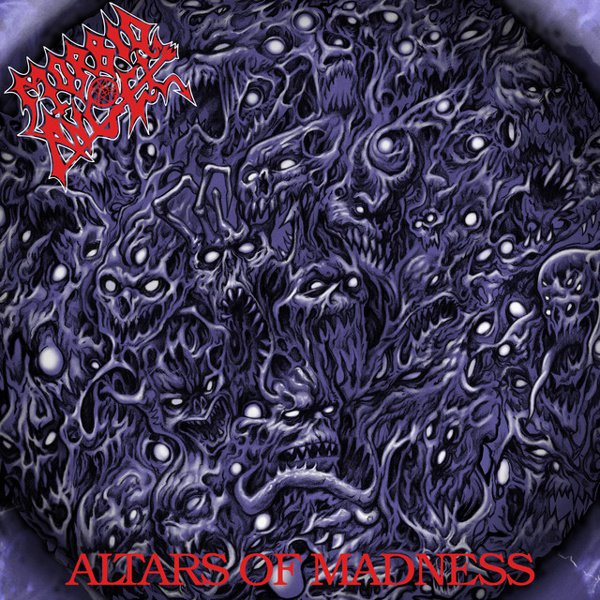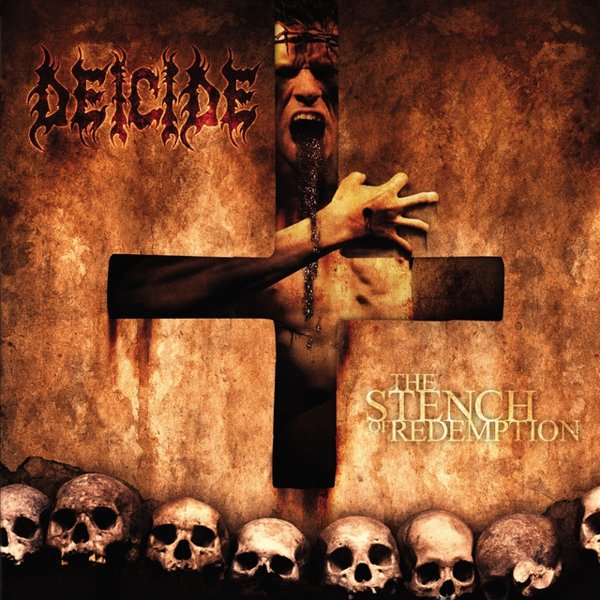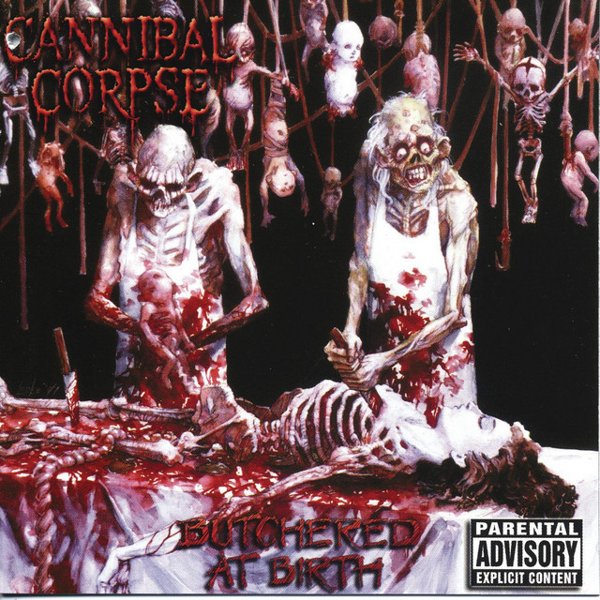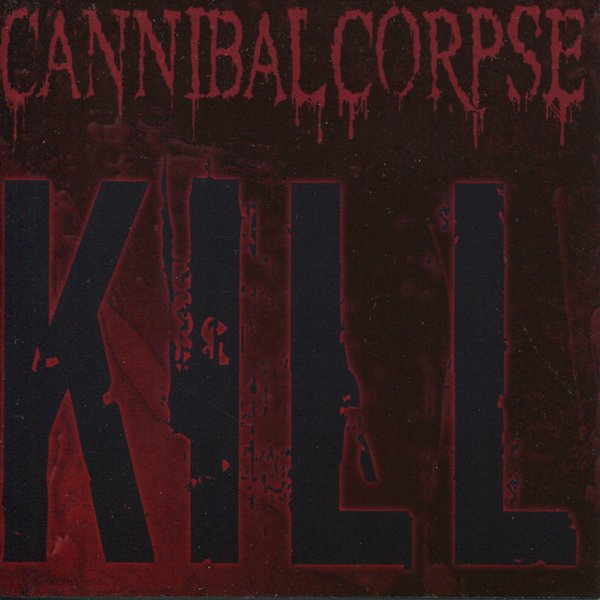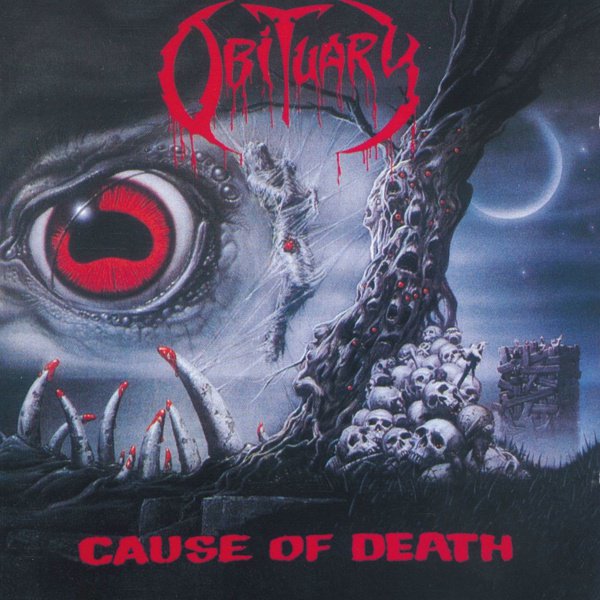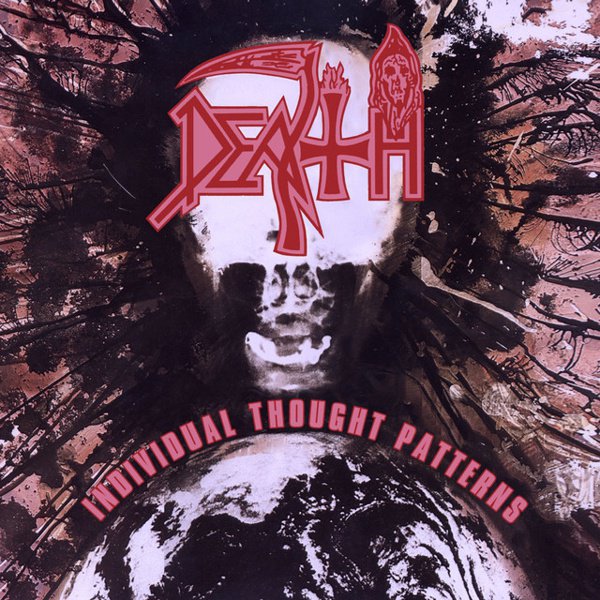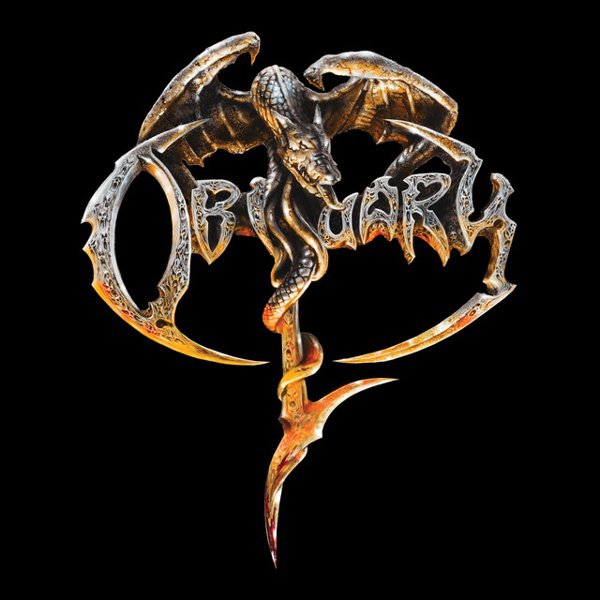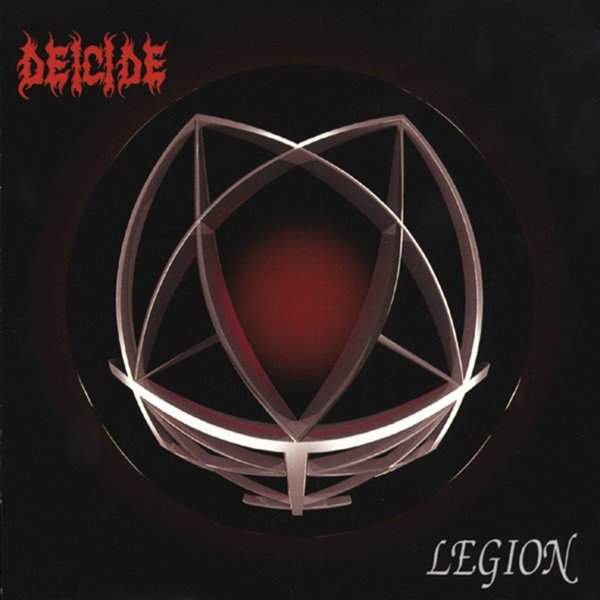All of metal’s greatest innovations were achieved between 1980 and 1990. Everything afterward has been refinement, synthesis, and in some cases reactionary response. New ideas came fast and furious as the decade began: Mötley Crüe fused punk and glam rock in 1981, Venom invented black metal in 1982, and Metallica’s debut introduced the world to thrash in 1983. By 1986, young headbangers were connecting with each other by mail, trading demo cassettes that held the seeds of something new: guttural vocals, downtuned guitars, and machine-gun drums.
The first band to play what could truly be called death metal was Possessed, from California’s Bay Area, but when their demo tape arrived in Florida, a teenaged guitarist named Chuck Schuldiner was inspired. His band Mantas became Death, and an unending sequence of lineup changes began as Schuldiner’s creative ambitions grew with every release.
The Florida scene exploded fast, with pioneering acts like Avatar (later Savatage) and Nasty Savage influencing younger musicians, and Tampa quickly became the center of the death metal universe. Morrisound Recording was the studio of choice, thanks to engineer Scott Burns, who produced basically everyone, creating a sonic template session by session. Local bands like the ultra-Satanic Deicide, the almost psychedelic Morbid Angel, and the swampy Obituary were joined by acts from out of state who could tell something was up and wanted to be part of it: both Cannibal Corpse and Malevolent Creation relocated from upstate New York to Florida. The sound became so dominant that even the inventors of grindcore, Napalm Death, came to Morrisound to make their third album, Harmony Corruption.
The mainstream music industry had no idea death metal even existed, but a few independent labels were quick to sign the most promising bands. Roadrunner Records grabbed Obituary, Deicide, Malevolent Creation, and later Cynic, while Metal Blade took Cannibal Corpse and Atheist, and Earache signed Morbid Angel and Nocturnus.
Cannibal Corpse might be the archetypal death metal band, the one you’d play for someone who wants to know what the genre sounds like, and they got an unimaginable break when they performed “Hammer Smashed Face” in the movie Ace Ventura: Pet Detective. They established their style on their second album and have refined it ever since, achieving AC/DC-like levels of consistency.
Deicide were furious thrashers whose bassist/vocalist, Glen Benton, infamously burned an upside-down cross into his forehead. His voice, frequently doubled in the studio, sounded like a possessed Rottweiler, and guitarist brothers Brian and Eric Hoffman delivered squealing solos that owed as much to Black Flag’s Greg Ginn as to metal.
Obituary’s music was tuned way down, their tempos tended toward the sludgy, and John Tardy’s vocals didn’t sound like anyone else in death metal; he sobbed and howled like the crazy guy on the bus. On much of the band’s debut album, 1989’s Slowly We Rot, he didn’t even write lyrics — he just made horrifying sounds. (Mike Patton of Faith No More has cited Tardy as an early influence.)
Morbid Angel’s debut, Altars Of Madness, was both crushingly heavy and wildly experimental; lead guitarist and primary creative force Trey Azagthoth wrote mind-warping guitar solos, around which bassist/vocalist David Vincent and drummer Pete Sandoval constructed some of the most punishing and yet awe-inspiring songs in death metal.
Nocturnus were the first death metal band to make prominent use of keyboards, and one of the few to write a concept album: their debut, The Key, is about a cyborg who travels back in time to kill baby Jesus. Atheist and Cynic, meanwhile, brought in ideas from jazz fusion and prog-rock, launching death metal out of the abyss and into space.
By the mid-1990s, death metal had become a global phenomenon, with crucial scenes developing in New York state, Sweden, South America, and pretty much everywhere else. But in those key early years, it was all happening in Tampa, and the albums of that era retain an astonishing vitality, the sound of young men breaking down walls and making a brand new kind of noise.

